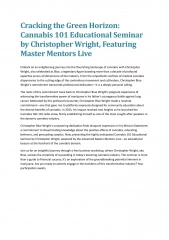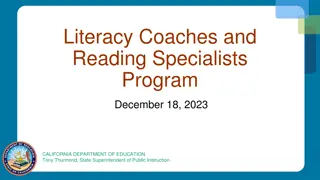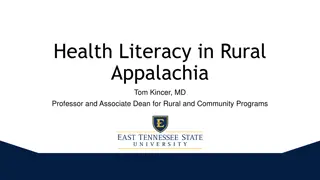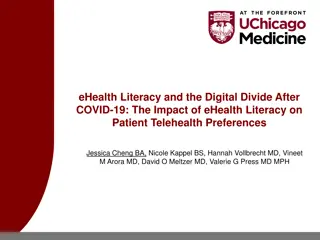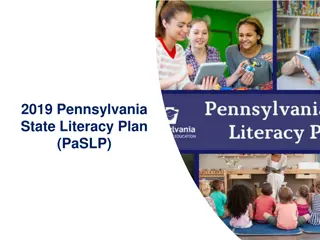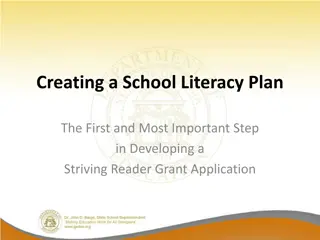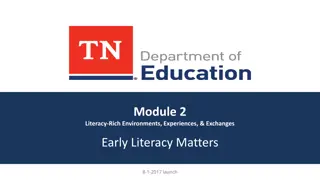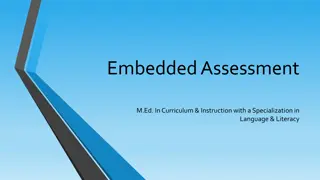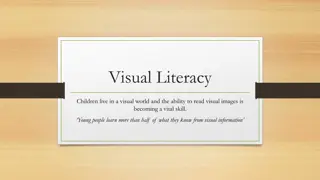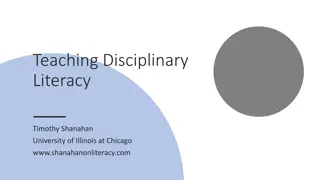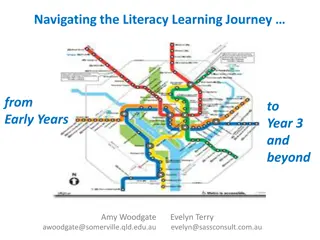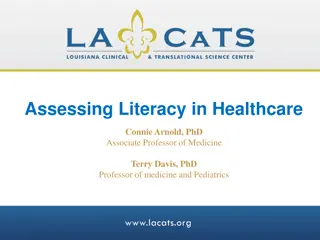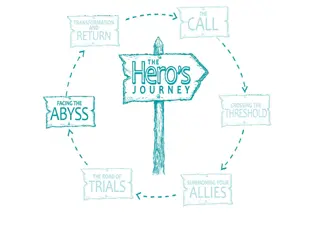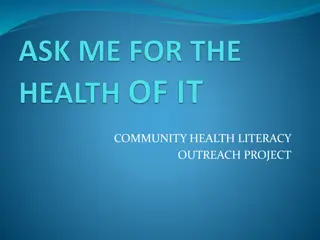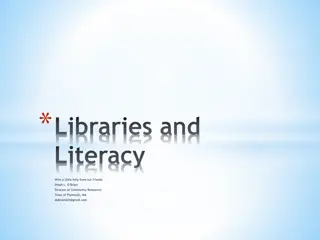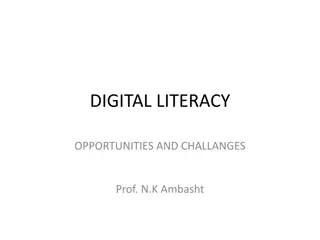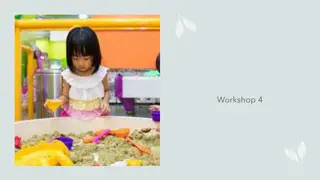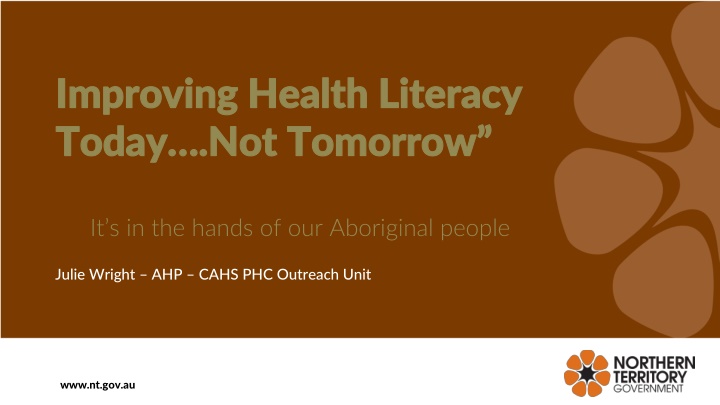
Strengthening Aboriginal Health Workforce for Improved Healthcare Communication
Empowering Aboriginal health workers and practitioners is crucial for enhancing healthcare communication and building strong relationships with patients and communities. Through training, support, and creating safe environments, we aim to address the communication barriers faced in healthcare settings, particularly in Aboriginal communities in the Northern Territory.
Download Presentation

Please find below an Image/Link to download the presentation.
The content on the website is provided AS IS for your information and personal use only. It may not be sold, licensed, or shared on other websites without obtaining consent from the author. If you encounter any issues during the download, it is possible that the publisher has removed the file from their server.
You are allowed to download the files provided on this website for personal or commercial use, subject to the condition that they are used lawfully. All files are the property of their respective owners.
The content on the website is provided AS IS for your information and personal use only. It may not be sold, licensed, or shared on other websites without obtaining consent from the author.
E N D
Presentation Transcript
Improving Health Improving Health Literacy Today Today .Not .Not Tomorrow Tomorrow Literacy It s in the hands of our Aboriginal people Julie Wright AHP CAHS PHC Outreach Unit www.nt.gov.au
Important Priorities Engage Must Prioritise Engaging with our Aboriginal Health Workforce www.nt.gov.au
WHY? FACTS/REALITIES Aboriginal language speakers average 70% of all health service users in NT Aboriginal health professionals are less than 1% of the NT health workforce High rates of staff turnover Inability to communicate effectively puts lives and practice at risk www.nt.gov.au
Title Title ertion ertion Sub Heading good communication & strong working relationships We must work towards Presenter Name Departmental Agency Insert date www.nt.gov.au
Who are we? Aboriginal Community Workers Aboriginal Health Practitioners SWSBSC Strong Women Workers Aboriginal Male Health Community Workers Aboriginal Health Promotion Officers Someone will help if you ask! www.nt.gov.au
Who are we? Also include: Key Community Members, community based lifestyle and stakeholder program workers Aboriginal workforce in clinics, schools, women's centres, council, shop, police and child care Also Interpreter Service Someone will help if you ask! www.nt.gov.au
HELP us to help our people It is essential to teach and provide training to our Aboriginal Health Workforce and community Create safe supportive working environments & support Cultural Induction Build and strengthen relationships with the people/consumers and their families Develop resources and training to use essential tools when working with the people/consumers and their families www.nt.gov.au
HELP us to help our people Create safe supportive working environments Empower our Aboriginal Health Workforce with the skills and knowledge to interpret health information for the consumer Language skills are always important to the consumer www.nt.gov.au
Definitions Health literacy is about communicating health information clearly and understanding it correctly (Osborne, 2014, p1) the ability to find, understand, and act on health information. an interaction between patients and the health care system verbal, print, and seek web- based information www.nt.gov.au
ACTION PEOPLE OUTCOME/ RESULT Multi-disciplinary approach and Education and training is the key to Caring for the consumer Consumer Improving Quality Care through our workforce and Language Literacy Skills Engaging with Health Service Centres People need to understand what you re saying if Lifestyle Behaviours are to be modified Poor Physical Activity Poor Nutrition Smoking Alcohol Social Emotional & Well Being Working together Provide clinical expertise Aboriginal people lead and support remote PHC Support people and communities self manage: preventable chronic conditions, Diabetes, Heart& Kidney Disease, Mental health. Also Environmental Health/living condition issues l Relationship Building For the Consumer Health teams Family Community Help Support Networks Communication and Referrals Meetings Discussions Workshops Training www.nt.gov.au Better Communication pillars
Questions are good. However, when encouraging questions, remember the following: The nurse asks, Do you have any questions? The patient shakes his head, indicating no. While the nurse might assume this response means she did a good job communicating, the patient may, out of politeness, be shaking their head to end the consult as a way of not saying how confused he really is. (Osborne, 2014) Aboriginal workers can help get your message across and assess the level of understanding www.nt.gov.au
Any Questions? www.nt.gov.au
Resources that can be utilised by the Practitioner to help interpret or help the consumer http://internal.health.nt.gov.au/aboriginalhealthportal/resources/catal ogue/Pages/default.aspx#DoH References Osborne, H 2014 Health Literacy A to Z Taylor, K 2010 intercultural health care communications DOH Intranet home Aboriginal and Torres Strait Islander portal Resources and Catalogue www.nt.gov.au

